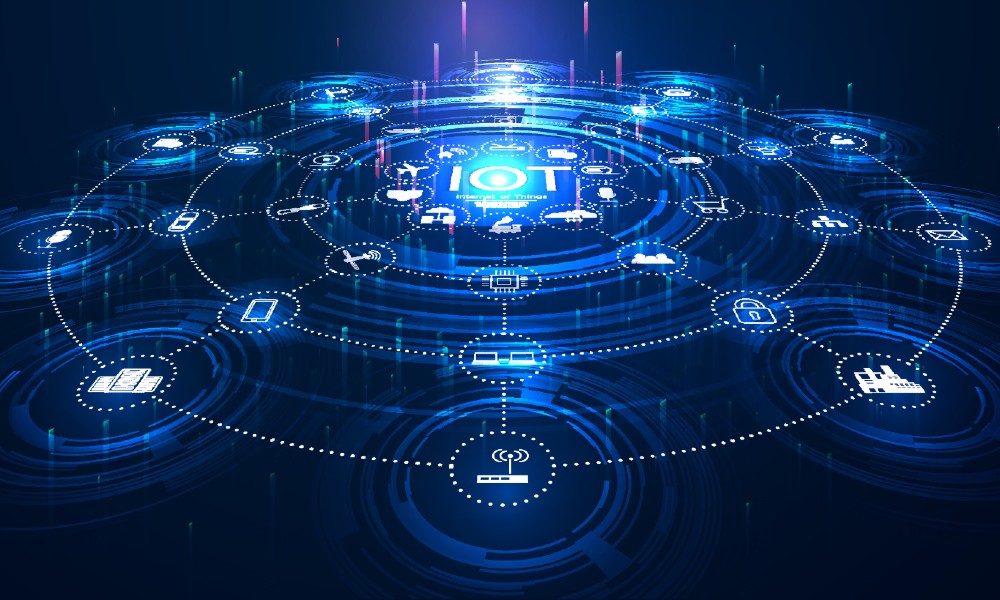
Networks are the underlying technology behind every business and enterprise in today’s world, and they are evolving rapidly to meet the needs of the exponential growth of IoT technologies across global industries.
A federated network is one of the most efficient and powerful such evolutions. This federated network model shares resources like network services and gateways across separate networks and physical locations. This is accomplished through a managed framework that enforces consistent configuration and policies. In essence it created a parent network to manage resources and direct traffic.
Of course, these federated networks require a higher level of interconnection and connectivity. That means that, in addition to next-generation connectivity such as 5G, software-defined programmable networking is necessary to support edge processing to enable this virtualized networking, as distinct from traditional physical layers.
The key difference between distributed networking and federated networks is, according to VMWare, that a federated network allows multiple networks to work together through a central management framework, while a distributed network is any network that encompasses multiple geographical locations. In short, a federated network is a more sophisticated type or subset of distributed network.
Roy Timor-Rousso, Chief Revenue Officer at Pente Networks, said, “We’re in a world of multi-cloud, multi-edge computing, areas which are organically drawn to federated and unified cloud resources, and it only makes sense to orchestrate networking in a similar fashion. Look at the success of blending private and public clouds, including multiple clouds, pulling them into a unified environment which allows computing to operate consistently. As more and more compute continues to happen at the edge, for example in massive manufacturing plants, the complexity will become impossible without a practical framework.”
The massive global growth in devices and applications that create value for enterprises also creates operational and security risks, according to Timor-Russo, but that can be mitigated through this federated strategy. “Federated wireless [makes] the provisioning and building of 4G/5G networks easier to do while making network operations and management more unified for the enterprise or their managed service and managed security providers.”
In an ever-more distributed world, and ever-more sophisticated Enterprise IoT operations, it’s time for a more sophisticated distributed networking strategy, like federated networks.
Ken Briodagh is a storyteller, writer and editor with about two decades of experience under his belt. He is in love with technology and if he had his druthers would beta test everything from shoe phones to flying cars.Edited by
Luke Bellos





